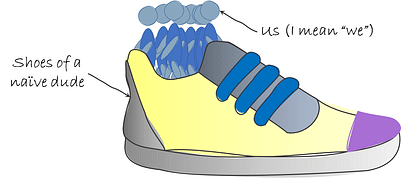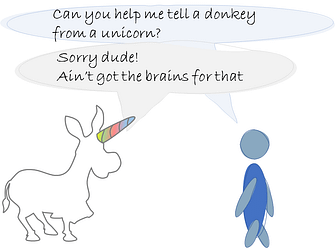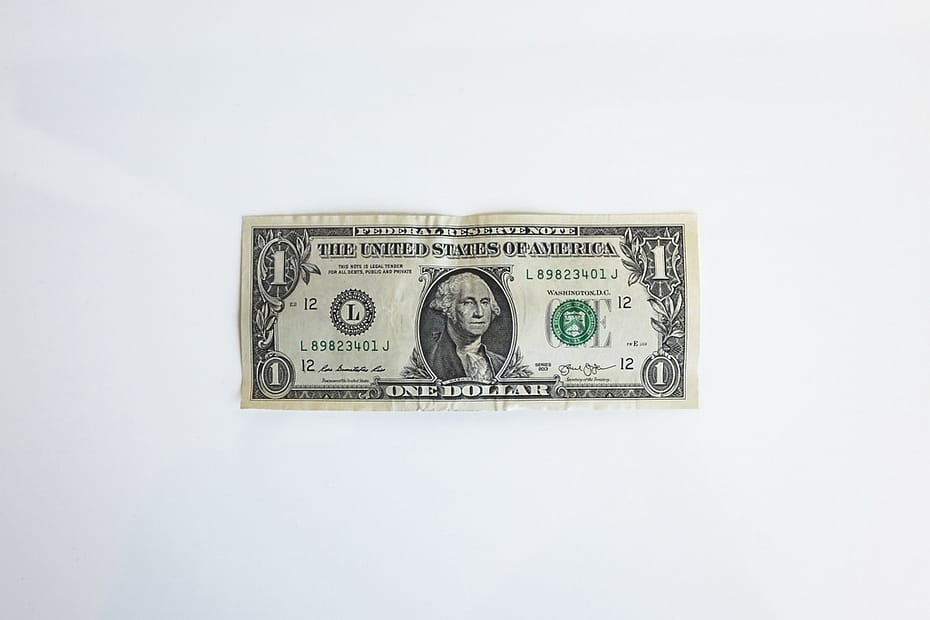Let’s imagine ourselves in the shoes of Marc Zuckerberg while launching Facebook. His business idea was to introduce a product in a tiny market where all precedent endeavors failed! He must have been such a naive dude!

His intuition seemed to guide him and he followed it rightfully. But if you are not an intuition guy, I have good news for you. You still can tell a unicorn from a donkey… ☺

As one of the most successful investors on the planet, YC is a credible source of wisdom this article leverages. You’ll find out how to 1. spot a huge market early on and 2. tell a real trend from a fad.
Here we go!
1. Market size
Many startups measure market size by looking at the present money spent on the product by current customers. This approach happens to be restrictive at times because the focal point is put on how positively the market reacts to current solutions. Rather we should be focusing on the problem.

When Airbnb launched, the market for house space share was microscopic while the accommodation industry was huge (hotels & alike). Both markets are answering the same need, or problem should I say.
If Mark evaluated the potential of his business idea based on social media usage at the time of Facebook launch, the benefit wouldn’t have outweighed the hustle.
My point is, to assess true potential, market size should be gauged on the problem, not the existing solutions.

To put things simply, problem occurrence tells you how big is the market, problem intensity tells you whether people would be willing to pay for a solution. — Click to tweet
So if none of them is high enough, you are losing your time and money… You are looking for a solution to a problem that does not exist. On the other hand, if you find out an intense daily problem to solve, you’ve just uncovered a gold mine. It’s time to get to work.
Here are a few possible executions on how you can overtake an existing established market:
- Ease & accessibility: Alibaba made e-commerce so easy to small businesses that it is today the biggest platform in the world. When they launched back in 1999, there were less than 10 million internet users in China, not even mentioning e-commerce.
- Leveraging on current waste: Gunter Pauli created many successful businesses leveraging Circular Economy. He runs businesses using as inputs resources currently perceived at zero value (waste). Some may even pay to get rid of them. Airbnb is another example of transforming waste into gold. For many of us, they introduced us to the shared economy. Hosts are selling space that would have been underutilized in the absence of a market place like RB&B.

- Automation: Stripe has taken on the internet payment market where many tasks were manual. They’ve extended the automation frontier established earlier by Paypal. As a result, their growth rate is astronomical.
- Getting rid of repetition: “Don’t repeat yourself” was the design principle of haash.io for customer support. Most customer support tickets are repetitive knowing that, on the web, users would rather find a solution by googling their question rather than chatting with support. Haash allows answering each support ticket once and then make it public for upcoming users to find on google search. Users are happier and the company saves employee time to do more meaningful work than repeating themselves or copy/pasting templates.

- Combination: Combining existing markets into one. When mobile phones integrated cameras, the market for photography exploded.
So you got the point, combining intensity with frequency makes a problem economically worthwhile solving. Now…
… What about low-intensity and high-frequency markets?
Why not, if you are ready to give your product away for free ☺. Chances that people will pay for low-intensity problems are close to zero. You’ll need an alternative business model (e.g. adv, selling data…)
… What about high-intensity and low-frequency markets?
Why not? Not all businesses need to be worth billions. I’ll settle happily for a few million dollars ☺. One may be tempted to pursue low-frequency markets. The “limited” market potential is not the true problem. Your biggest challenge will be to set-up a go-to-market.
Usually a new solution requires putting in place new habits.
=>
New habits require practice.
=>
Practice requires frequency.
New habits are always tough to install. It turns into a daunting task if the frequency is low. These kinds of problems either:
- Never get solved.
- Users use another product to solve their problem.
- Get taken in charge by an NGO or somebody that has some personal story around the subject (e.g. sick family member).
- Some public figure is able to make a go-to-market. The solution stays top of mind not because of its frequency but because of the likability of the person carrying it.
- Some crazy founder decides to go after it anyways and leverages on existing habits. A usual go-to-market hack is to use mailing lists. Although there are far less efficient than in the old days, they are still efficient compared to other channels.
So before taking the plunge, see where your problem/solution fits. As Andy Rachleff’s Law says:
When a lousy team meets a great market, market wins.
When a great team meets a lousy market, market wins.
When a great team meets a great market, something special happens!
Click to tweet
We know what a juicy market is, the next section is about making your life even easier!
2. Trend
Just like a surfer, the best thing that can happen to you is to surf a wave; it’s (almost) effortless and enjoyable. Said differently the trend is your friend. The question becomes…

… How can I tell a true trend from a fad?
To answer this question, most businesses look at current market growth.
If you got this info,
=>
it means many others have it.
=>
Which means, at best you will have many competitors and at worst you are well too late into the market.
There is a faster and more insightful manner to unveil that valuable information. Just watch how early users behave. Below scheme clarifies it:

Look at current solutions, including yours if you have one. Are people buying them? Even if we are talking about a handful of customers, what do they do once they buy? Are they using the product? With which fervor?
Another way to look at it is:
You’d better have 10 users that stay and use your product like crazy than a 1’000 that churn — Some experienced dude from YC

If people make the purchase but ignore the product in their cupboards, this is most probably a fad. On the other hand, if the current (restricted) user base is fond of the product and using it like crazy, odds are you are setting a new trend. This is even truer if:
- People are ready to accept some level of inconvenience when using the product (e.g. bugs, dull user interface…).
- Switching comes at a high cost.
=> And they still recommend your product!!!

Can you think of a product that did exactly that?
Yes, again that bloody iPhone one!!! Despite the fact that below 5 million units were sold in the first 12 months of launch, it ticked both boxes:
- Owners were using it like hell despite…
- Numerous inconveniences: no 3G although the technology existed, terrible battery life, extremely limited Apps offer, more expensive than the average phone of the time and required signing a 24 months contract with the carrier…
So:
- Purchase only = fad
- Purchase + intense usage + reco = trend
1 PROTIP
Once you’ve hit the market, you need to constantly improve your product. Fast iteration requires accelerating the feedback loop. Read through if interested.
TO SUM UP
The magic equation looks like this:
Spot a potentially huge pay market (problem) on an upwards trend,
=> understand the root cause,
=> propose a solution and,
=> build the fastest possible feedback loop.
If interested in learning how to work with your nature and not against it, check out my book at WorkWithYourNature.com
